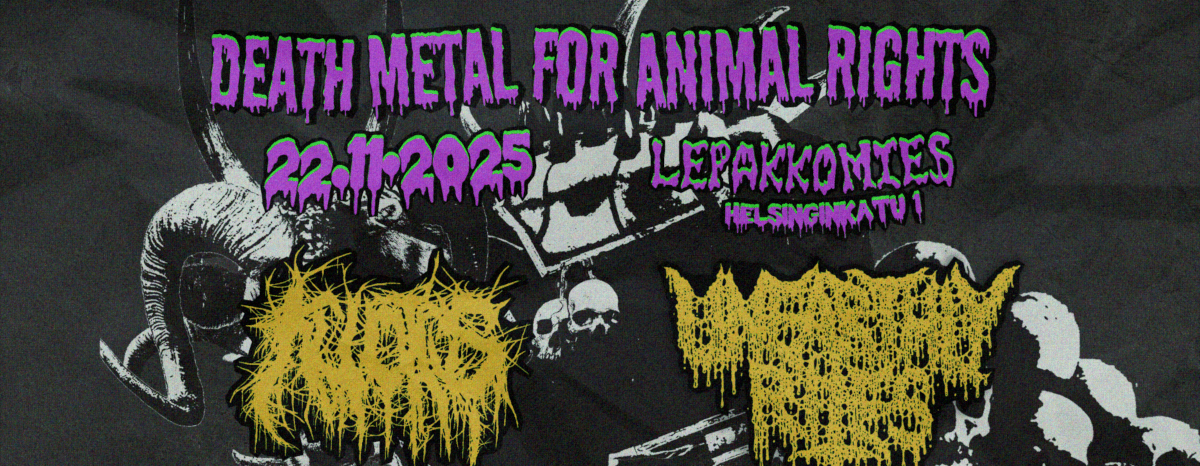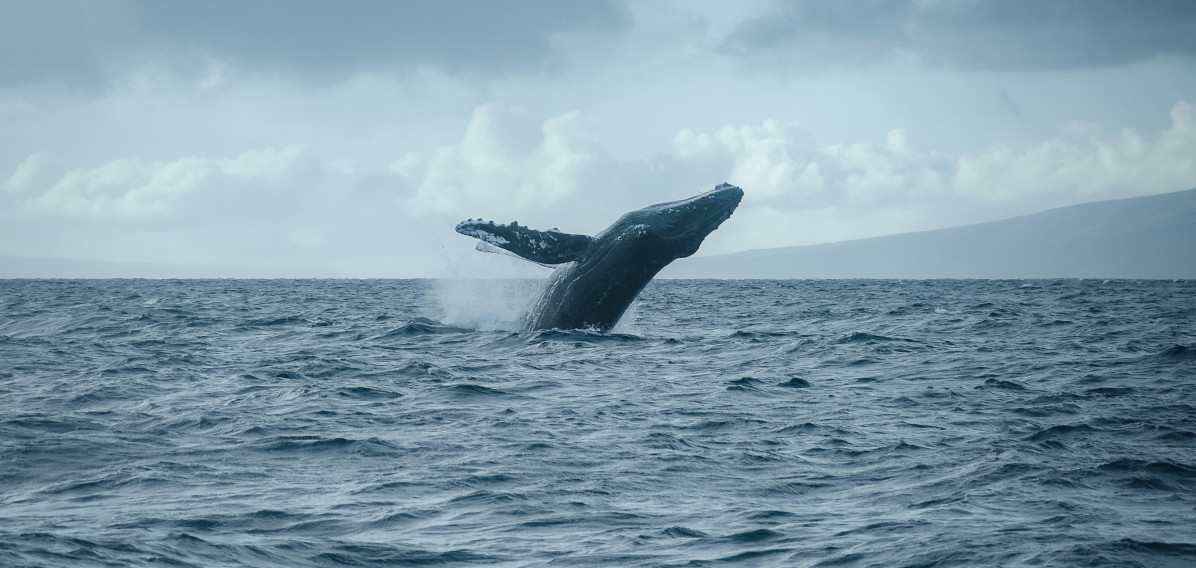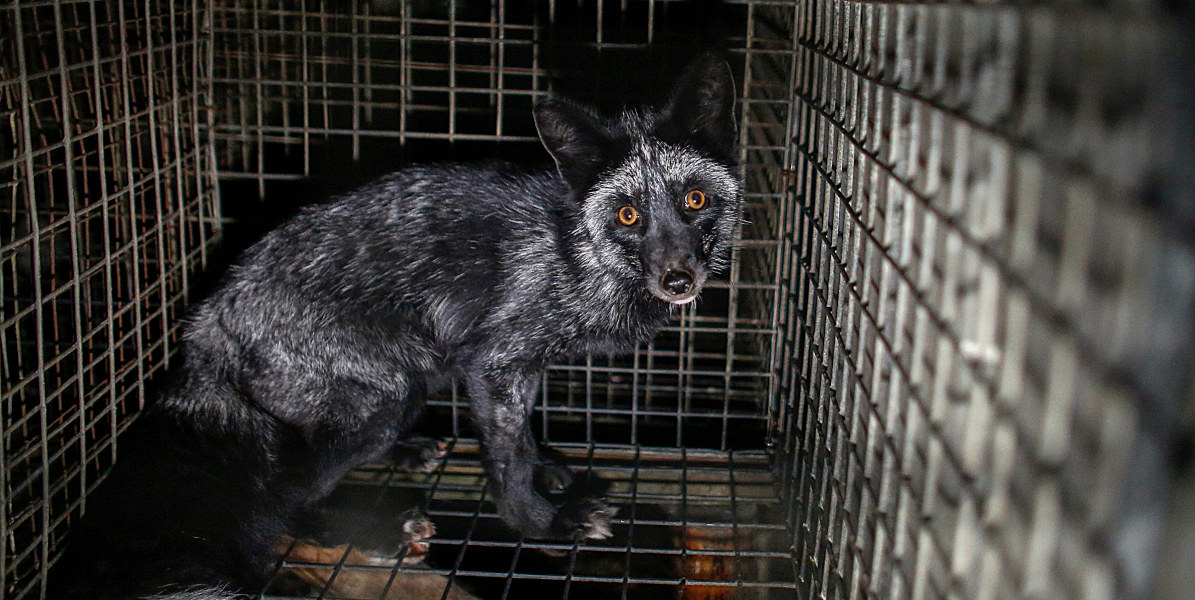The Netherlands banned the farming of foxes and chinchillas in 2008. In addition, the farming of minks was banned in 2013 with a transition period ending in 2024. From an animal rights perspective, Finland was already then lagging behind many European countries.
The ban was strongly driven by the local animal rights organization Bont voor Dieren. According to Moranni te Winkel, the organization’s campaign manager, the ban on fur farming was mostly influenced by public opinion. Raising awareness through street campaigns and the participation of Dutch artists and other celebrities helped change public opinion.
“It was very important to educate the public about the suffering of all the millions of animals in the fur industry. Many people thought fur coats were in fashion in the 80’s but that the industry had already largely disappeared. Cooperation with different brands and companies was also very important,” te Winkel says.
The cooperation with companies led to for example some fashion companies ditching fur and some Dutch banks dropping the funding of mink farms.
The long journey to victory
In 2006, Bont voor Dieren conducted a nationwide survey showing that by then, 75 percent of people were already opposed to fur farming. This was the initial impetus for the ban on fur farming, and in the same year an initiative to ban fur farming was presented to the government.
Bont voor Dieren fought a political battle together with the Labor Party (PvdA), the Socialist Party (SP) and later also the Animal Rights Party (PvdD) for almost two decades before the ban was imposed. The organization conducted various studies on the environmental impact and economic situation of fur farming to bring more perspectives to the discussions. The Fur Free Alliance (FFA) was heavily involved in achieving the fur farming bans in the Netherlands.
“In particular, an extensive study carried out in collaboration with the FFA on the environmental impact of mink farming played a key role in the ban on mink farming in 2013.”
What happened after the ban?
The ban on mink farming was to take effect in the Netherlands after a transitional period of ten years had passed. The Dutch fur industry appealed about the ban in 2017, but the appeal was overturned. The ban on fur farming remained in force.
“In recent years, numerous lawsuits have been filed against fur farmers for various violations. After 2012, fur farmers would not have been allowed to expand their farming areas or increase the number of animals, but they have done so anyway. The farmers have also called for more support for the transition period in recent years, and two years ago an additional 8 million was set aside to support the transition.”
Covid-19 changed the world in spring 2020 also in terms of fur farming. On April 26, 2020, the Netherlands became the first country in the world to detect Covid-19 virus in farm animals. At the time of writing, the virus has been detected on 42 Dutch mink farms.
The workers first infected animals that then infected each other in the cramped conditions. Due to the situation, all minks on these farms were slaughtered, an estimated total of 1.1 million minks.
The fur farmers wanted new animals to replace them, triggering political debate and protests from animal rights groups. In June 2020, the majority of the Dutch Parliament voted in favour of, among other things, the early closure of fur farms. In August, the Dutch government made the decision to bring forward the end of mink farming, and the remaining farms will be shut down by the end of March 2021.
Finland should follow
Te Winkel believes that public opinion is important also in Finland in order to achieve a ban on fur farming. In addition to ethical aspects, it pays to bring also other perspectives to the discussions.
“Animal density in Finnish fur farms exposes animals and people to an increased risk of infection, just like has happened on Dutch and Danish mink farms with Covid-19 virus. Street campaigns are also important in spreading awareness. The government can be put under pressure by large-scale demonstrations, for which it is worth joining forces with other animal rights groups. Extensive surveys on opposition to fur farming can also be used as a basis for political discussions,” te Winkel advises.
Te Winkel also gives one last, but by no means least, piece of advice.
”Never give up fighting, and keep on believing in the power of demanding animal justice!”
Updated October 19, 2020. The virus has been detected on over 60 Dutch mink farms and over 2 million minks has been slaughtered.
Order magazine
This article originally appeared in Animalia magazine 3/2020. Are you interested in the magazine? Join Animalia here and receive the magazine as part of your membership. (The magazine is only published in Finnish.)
Photo: Bont voor Dieren






